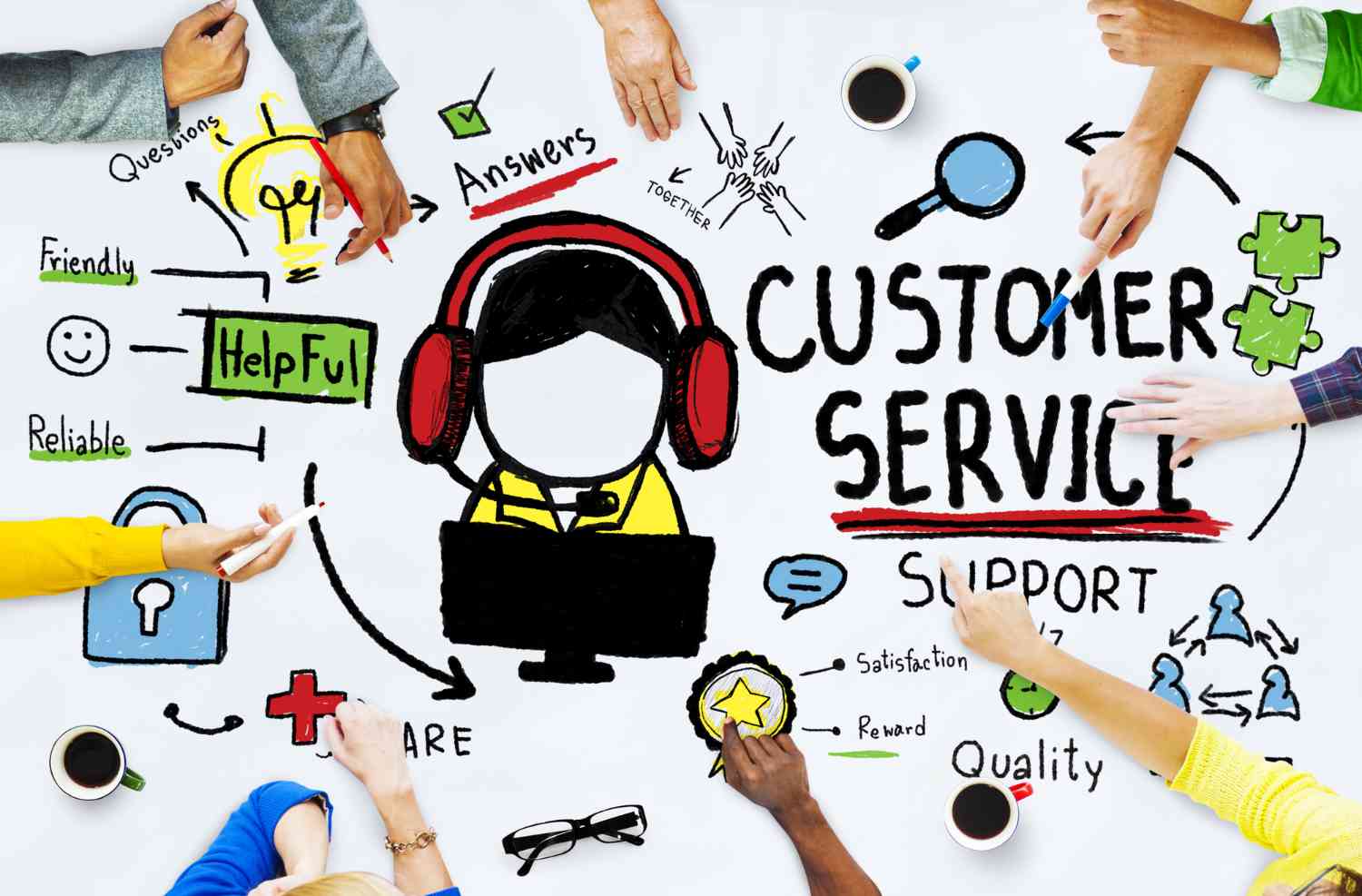
How to Improve Customer Service? Where to Start?
In any kind of business, your customers (and efforts to improve customer service) should be the number one priority. All businesses have customers, whether you’re selling products online or operating a B2B service. It’s a competitive market out there, so you already know how hard it can be to find those customers. So, once you’ve got them, it’s crucial that you hang onto them, because happy customers turn into loyal customers.
The best way to keep your customers happy, aside from delivering great products, is to provide amazing customer service. Here’s why customer service is so important, and what you need to get right at each stage of a sale.
The importance of customer service
Customers want a good experience. It’s as simple as that. We’ve all been customers, and there’s a big difference between receiving great service and leaving a store feeling like you never want to go back.
From a business perspective, there’s huge financial benefits to providing good customer service. Think of all the money you invest in marketing each year to try and capture new leads and customers. On the flipside, it costs next to nothing to ensure existing customers keep coming back time and time again. Great service breeds customer loyalty, and loyal customers are the best kind.
How do you measure customer service?
There are several ways to measure your customer service performance, but the most common way is through customer surveys. There’s no better way to find out how customers rate your service than to just ask them directly. Bets of all, there are plenty of different survey types you can use depending on what you’re trying t find out.
If you want to know how loyal your customers are, you might do a Net Promoter Score® survey. Alternatively, you might choose a more general Customer Satisfaction survey (CSAT), simply asking how happy a customer was overall. Then there’s the Customer Effort Score (CES), which measures how easy customers found your business to deal with.
These are just a few of the popular metrics, but surveys also allow you to ask any questions you like in order to pinpoint what customers think is working well, and what you could improve on.
Great service starts before the sale
In most cases, your customer service is being measured well before you make a sale. In fact, if you provide poor service initially, you may not even make a sale. Pre-sale customer service looks different depending on the type of business, but there’s a couple of common things you need to get right regardless of what you’re selling.
Provide free, honest advice
Customers often need help deciding on products. If you provide professional services, they might be shopping around before making a choice. That’s why it’s important to be honest and upfront straight away. Customers appreciate getting honest advice that helps with their decision.
Be easy to contact
In order to provide that free advice and show the customer you’re a knowledgeable expert, you first need to be contactable. Always ensure the customers has plenty of ways to reach you – by phone, email, live chat etc. Case in point: Recently Telstra have moved to a text-only customer service model, which is infuriating for customers who need more personalised assistance.
Listen to customer needs
Finally, when talking to customers before a sale takes place, make sure you’re listening first. Don’t just launch into your sales routine straight away. Find out exactly what the customer wants, and help them make the right choice.
Getting customer service right during the sale
Again, customer service looks different depending on the business. For example, an online retailer may have no actual contact with a customer during a sale, but a brick and mortar retail store does. Still, there’s plenty you can do to enhance the experience or the customer.
Make it easy for the customer
Nobody wants a purchase to be difficult. In fact, customers are drawn to products, services and business that make their life easier. For example, if you’re a furniture store who doesn’t provide a delivery service, you’re not making it easy for the customer. This applies online too – make sure your website is easy to navigate and user-friendly, making it easier for customers to purchase what they need and arrange delivery.
A range of payment options
This probably doesn’t technically fall under the customer service category, but it’s still important. Give your customer plenty of options on how to pay. This way, there’s no excuse for customers to leave shopping carts abandoned when you don’t have their preferred payment option.
Can you add value to the sale?
Always think of ways you can add value to the sale. This is where you start building customer loyalty. It may be something simple like throwing in a free fridge magnet or other promotional material. You may even give customers a discount code for their next purchase. Anything that adds value for the customer is good service.
Post-sale customer service
Finally, you’ve made the sale and there’s a happy customer. But the work doesn’t end there!
Genuine thank you messages
A way to build brand loyalty is to keep in contact with customers, without spamming their inbox. A thankyou message with no added sales push is a genuinely nice touch that people appreciate. However, always ensure it’s genuine and not just trying to sell them something else.
Be responsive
Inevitably, some customers will have issues after the sale. Whether it’s returns, faulty products or complaints. Make it a priority to deal with these issues quickly and be responsive to any messages and feedback you get. While it may not take away a bad customer experience, it does give you a chance to salvage that relationship.
Improve Customer Service by asking customers how you did
Finally, don’t be afraid to ask customers how you did. This shows them you care about improving your customer service, and again helps to generate trust and brand loyalty. Customer surveys after a sale are a great way to find out exactly how you did, and how you can get better in future.



